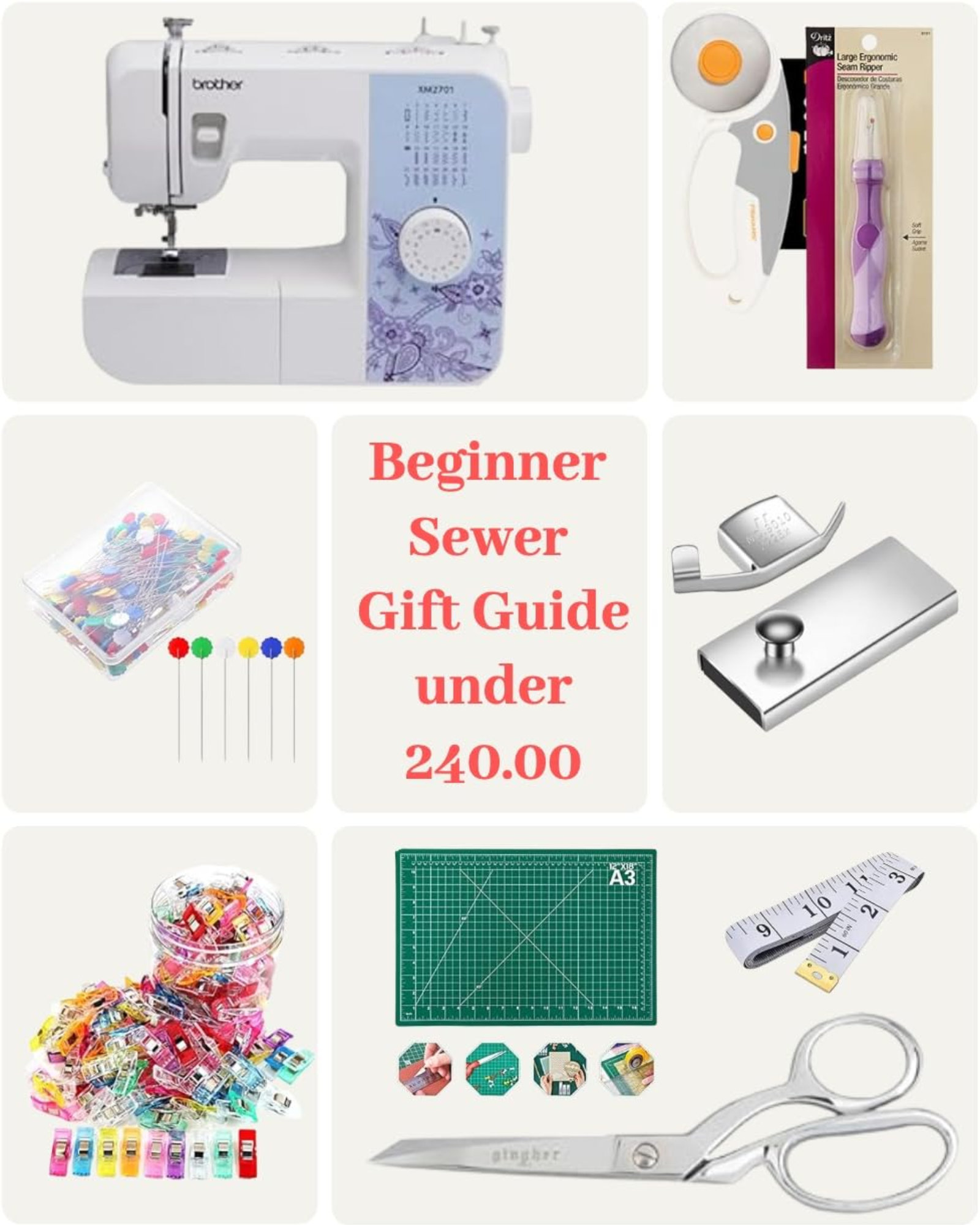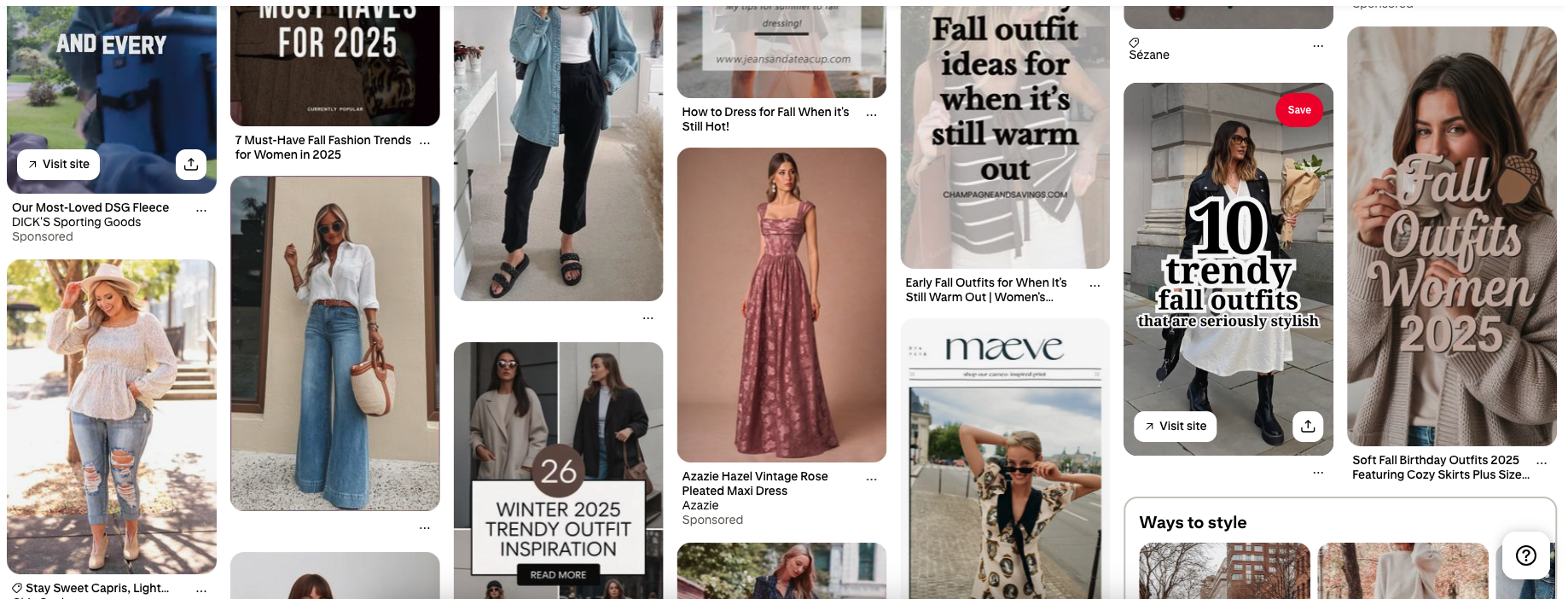Fashion Design Production Plan Part 2: All About Contract Manufacturing

As a fashion designer, you truly have so much creative freedom. You get to see your wildest dreams come to life in design form. Not only this, but you also have the ability to choose how those designs come to life (your fashion design production plan). Will you work with a trusted manufacturer who can handle all the details? Or will you meticulously source your own fabrics and materials, partner with a pattern maker, and then hand over your designs to the manufacturer for production?
If you’re a new or aspiring clothing brand owner, don’t let this part overwhelm you! You have two main choices for production:
- Full-Service Manufacturing: an all-inclusive approach where the manufacturer handles every detail throughout the production process.
- Contract Manufacturing: an option where the fashion designer sources the fabrics & trims, and collaborates with a pattern maker independently, while the manufacturer focuses solely on the assembly and production of the garments.
Check out the deep dive on full-service manufacturing here.
In this post, I’m breaking down everything you need to know about contract manufacturing.
Key Takeaways Ahead:
- My Personal Experience With Manufacturing
- How Contract Manufacturing Works Step-By-Step
- Pros & Cons Of Contract Manufacturing Manufacturing
- Developing Your Own Fashion Design Production Plan
- Final Thoughts
- Your Next Steps
My Personal Experience With Manufacturing
I’ve had experience working with both types of manufacturing for my two different clothing brands – Persnickety and Tiny Threads. We chose contract manufacturing for Persnickety back in 2009 because we had access to one very close by, along with a pattern maker. We also had all the fabrics and trims we needed to make it work.
At the time, I didn’t know of other options or have the experience to even know the right questions to ask about the different processes out there. We were sourcing our own fabric, creating our own designs, and then collaborating with an independent pattern maker.
This process is especially complicated in sourcing the fabric and trims, working with the pattern maker to get the accurate yields (making sure to have enough, but not too much) and managing the whole project from start to finish. When you are working with a full service manufacturer, they handle these details.
When I had my most recent child in 2017, and I was running my second clothing brand, I knew I needed a simpler manufacturing process. So I chose to do full-service manufacturing for Tiny Threads. My pattern maker who I had been working with for years had a lot of experience in manufacturing, so he managed our manufacturing in India.
Main takeaway here: I’ve experienced both full-service and contract manufacturing, and there isn’t a right or wrong answer. Both options fit best under different circumstances.
How Contract Manufacturing Works Step-By-Step
1. Fabric and Material Sourcing
Unlike full-service manufacturing, where the manufacturer sources everything, with contract manufacturing, it’s up to you to find and purchase the fabrics, trims, and other materials needed.
This gives you more creative freedom, but it also means managing multiple vendors, which can add complexity. The bonus is, you can have all of your materials and trims in your hands at your fingertips.
Over time, you will have a lot of samples from all of your vendors. I have books of trims, laces, buttons, and loads of different fabric swatches. Once you’ve gathered all those items up and have working relationships with different vendors, it makes the design process much easier!
Tip: Build relationships with reliable suppliers to ensure timely deliveries. Look for fabric wholesalers or attend textile trade shows to find the best materials. Ask everyone for samples so you have things at your fingertips. They are generally willing to give them to you, especially when they know you will order from them.
2. Pattern Making and Tech Packs
With contract manufacturing, you either work with your pattern maker or the manufacturer to develop patterns and tech packs. Patterns serve as the blueprint for your designs, while tech packs ensure clear communication about all the details and garment specifications.
Tip: Pay close attention to measurements and design details. Double-check tech packs for accuracy to avoid costly mistakes in production. You do not want to leave anything out on your tech pack, or it will be left off the garment (or the manufacturer will choose how to do it). For instance if you don’t tell them the thread color, they will choose. If you don’t give them tag placement, they will choose, and so on.
3. Sample Development
Once your patterns and tech packs are ready, the manufacturer will create samples based on your designs. This phase is crucial to ensure the garment looks and fits as intended.
Tip: Make the sample in the exact fabric you want for production to make sure it looks how you want. Don’t rush this step, as it can impact the final look, fit and product quality. Schedule an appointment with your pattern maker to go over the samples and make any needed adjustments before you grade the pattern.
4. Grading and Sizing
Once the sample adjustments are made and approved, the pattern maker grades the patterns into your desired size range. Make samples of every other size to ensure the grade fits accurately. From there, make any adjustments needed. Consistency across all sizes is key for customer satisfaction.
→ Need some hand-holding throughout the manufacturing process? I’ll guide you through every single step inside my coaching program. Learn more here.
5. Full Production
It’s go time! With your pattern maker, you will determine the quantities across all sizes. Then, your pattern maker will create the marker. Once you know exactly how much material you need, you are ready to order all of your fabric, trims, buttons, zippers, elastic, threads, etc.
Your manufacturer can officially start production when they receive all necessary materials (marker, cut ticket, and tech packs). They will cut, assemble and sew the garments based on your approved designs. This is where your vision finally comes to life!
Tip: Visit the factory during production if possible or hire a production manager to ensure things are running smoothly.
6. Quality Control
Once the garments are complete, or partially into production, quality control checks are essential to confirm there are no sewing issues. Although manufacturers typically handle this, you may want to hire a third-party quality control inspector for added assurance.
Tip: Develop a checklist for key quality indicators like stitching, seams, and overall construction.

Pros & Cons Of Contract Manufacturing
Pros:
- Creative Control: You have the freedom to source your own fabrics, trims, and materials, allowing for unique and custom designs.
- Cost Flexibility: Since you’re sourcing the materials, you can control costs by selecting more affordable options or investing in high-end, custom and very unique fabrics if you desire.
- Personal Relationships with Vendors: Building direct relationships with all of your suppliers and your manufacturer is very rewarding and can lead to future opportunities and strong relationships.
- Custom Fabrics from local artists: You have the freedom to use other fabric brands that are local to your own country. It isn’t easy to export fabric out of the country to have it made into goods – this is very costly and can be limiting in your designs. It’s also challenging to source fabric prints in other countries, so this is where you might want to consider designing your own fabrics and having the manufacturer print them. If you don’t know how to do this, you may find it easier to just buy prints in your country and have your garments manufactured in your native country.
Cons:
- Time-Consuming: Managing different vendors for fabrics, trims, and patterns requires more time and effort compared to a full-service manufacturer.
- More Responsibility: You’re responsible for coordinating each step of the process, from fabric sourcing to tech pack development and quality control.
- Higher Risk: If a mistake is made during fabric sourcing or pattern development, it’s on you, which can delay production timelines.
- Higher Initial Costs: Although you have more control over the materials and designs, you may end up paying more for fabric or trim, especially in smaller quantities.
- Leftover Materials: You will have left over fabric you now have to either sell or store.
Developing Your Own Fashion Design Production Plan
1. Start Small
When working with contract manufacturers, it’s best to start with a small production run. This allows you to test the quality and fit of your garments without risking too much capital. Aim the factory’s minimum order, and if you can negotiate lower quantities when first starting, do it.
Evaluate how well the pieces sell and then switch out the colors, fabrics and details and do them again. Try to make them feel different and special each time you do the same style. Slowly increase quantities as you grow.
2. Build a Strong Network
Having reliable fabric suppliers, pattern makers, and manufacturers is key to a smooth production process. Take the time to research and vet vendors before signing contracts. I highly recommend attending fashion trade shows and industry events to build relationships with trusted vendors.
3. Stay Organized
Since you’ll be managing so many moving parts, from fabric orders to tech pack revisions, staying organized is critical. Use project management tools to keep track of deadlines and communication with your vendors. You’ll definitely want to create a production calendar to outline the timeline for each step. Use Google Drive and Dropbox for organization and to ensure you stay on track!
→ Afraid you’ll lose track of a detail and miss a key production deadline? I’ll walk through each step of your production calendar with you inside my mentorship program, Fruition.
4. Prioritize Communication
Clear and frequent communication with your manufacturer and vendors is essential. Share any changes or updates immediately to avoid confusion or mistakes during production. Confirm details with written agreements and set expectations early on to avoid surprises down the road.
5. Expect Delays
In the fashion industry, delays happen. Whether it’s a fabric shipment getting held up or a sample taking longer than expected, building buffer time into your production schedule can prevent missed launch dates.
Tip: Always factor in a few extra weeks for unforeseen delays, I really like to work 6 months in advance. It’s normal to feel hopeful that things will get done sooner, but I’ve learned it’s best to plan well in advance because of all the moving parts. The more advanced you get, you can shrink the timeline down some, but you will find it to be a happier, more peaceful career when you have plenty of time, whether working with a contract or full service manufacturer.

Final Thoughts
I have loved both forms of manufacturing for different reasons. It is so amazing to be able to drive to my manufacturer and meet in person as often as needed. I have loved the relationships that I have built with them and getting to know those that are sewing the garments of my brand. It is an element that is so lovely. However, sometimes that’s not enough – sometimes your phase of life (or any other factors) just require someone else to handle most of the technical details, and that’s okay!
I typically recommend full-service manufacturing to beginners or designers who don’t have time to manage every single element needed for contract manufacturing. But if you’re ready to take on the challenge (and reap the rewards of contract manufacturing), then I say, go for it!
Your Next Steps
Feel like you need a mentor to guide you through all of this? Determining your fashion design production plan is no joke! I’ve created two clothing brands from scratch and scaled them to multi-million dollar companies all while working from home. And now, I teach passionate women how to do the same thing!
Interested in learning more about my mentorship program? Check out Fruition here!





Read the Comments +